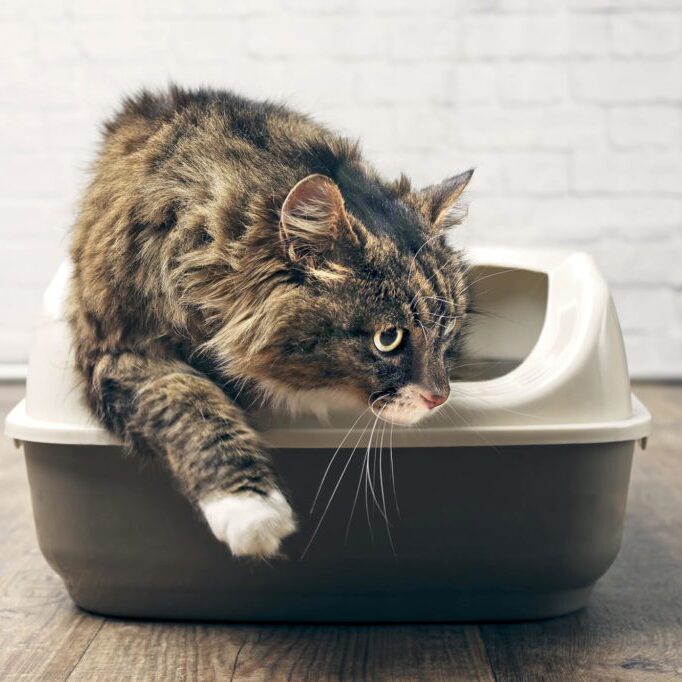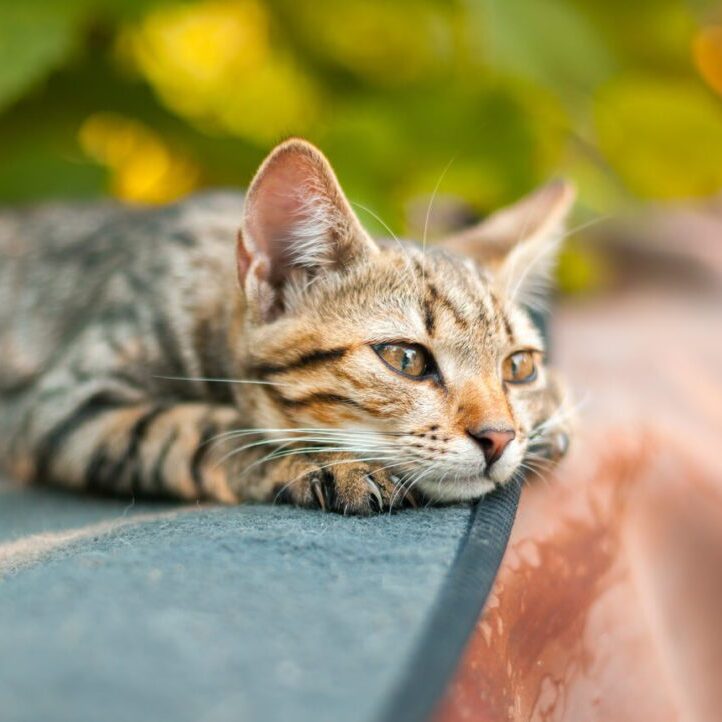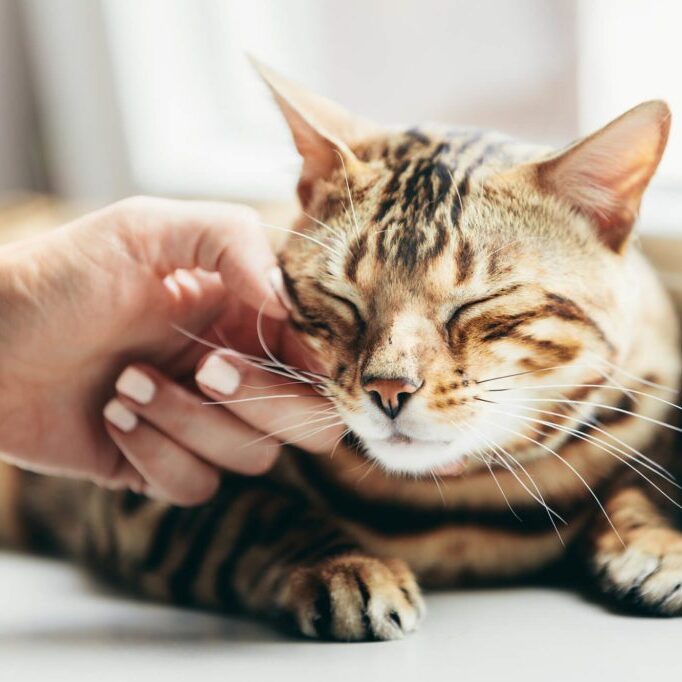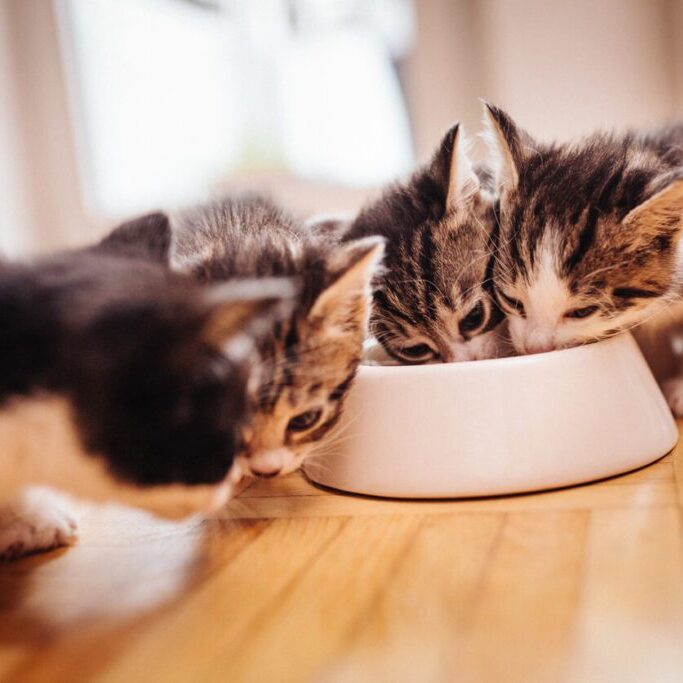Cats
Best Ways to Feed Cats

Press the green play button above to hear our latest podcast.
How important is nutrition for our feline family members? What do our cats need on a daily basis and how can we use food to keep them mentally stimulated? Boarded Veterinary Nutritionist Dr. Lindsey Bullen joins Dr. Marty Becker on this VetScoop podcast to talk all about feeding our cats.
Dr. Lindsey Bullen:
Cats do not have sweet taste buds, dogs do. That being said, they do have other taste buds. And so it could be that the combination palette of whatever flavor it is, is still appealing to them. My own cat loves maple flavored laxatone. She can’t stand the tuna flavored and she doesn’t have sweet taste buds, but there you go.
Dr. Marty Becker:
It’s hard enough for a veterinarian like myself to look through those, those ingredient lists. So we trust, we trust these companies that do research to make sure that is formulated correctly.
Dr. Lindsey Bullen:
So cats by design are more desert-ish creatures. They will have a higher, specific gravity of their urine, so higher concentration of their urine, then their dog counterparts and being a carnivore. They have higher protein breakdown products. We call it b-u-n in their urine as well. So it’s just something that we definitely come to accept as veterinarians, but that being said, my cats are terrible drinkers. They’re awful drinkers. And so I am in the camp, especially, I’m probably biased because my cat has kidney disease. Anything I can do to increase their water consumption and make sure that the body’s toxins are flushed out of the kidneys, I’m fine with, because if the kidneys are healthy, they will do just fine with a little bit extra water, but if they don’t have enough water over time, that can cause damage to the kidneys. So, you know, it’s kind of in keeping what you said earlier about mixing up the forms of the food. If you can feed a dry in a wet. So they’re used to different forms and also they’re getting extra water.
Dr. Lindsey Bullen:
Our companion animals were designed to not be in our houses and what we’ve done is brought them in and it is safer for them. I mean, I do that as well. If my animals were outside, they’d be hit by cars or, you know, eaten by whatever wild predators are out there. But that being said, they are bored and I’m busy. And so I don’t have the time that I’d like to have to, you know, mentally stimulate them with play. So using feeder balls, puzzle feeders, feeding them multiple times per day, all of those things can help get them used to, mental stimulation.
Dr. Lindsey Bullen:
So I say the treats should be no more than 10% of the diet. And what I mean by that is calories, not volume, not any other measure. It should be a 10% or less of the total caloric intake. And the reason is because most of the treats that we’re providing with our love are incomplete and unbalanced. So what that means is they don’t contain all of the essential nutrients that cat needs nor are they in the appropriate concentrations or proportions. And if it’s over that 10%, it will start to unbalance the diet. And if it’s bad enough, that can cause medical harm. And as you also alluded to, when you said body condition, we have a pet obesity epidemic out here. I believe it was 2018 studies, unfortunately don’t have the most recent numbers, but about 60% of our companion animal cats that come into the hospitals are overweight to obese.
Did you find this helpful? Share it!
Recent Posts
About VetScoop
Pets make our lives better. At VetScoop, we’re on a mission to return the favor by giving you access to trustworthy, science-based information so you can provide the best possible care for your pets.
Related Posts We Think You'd Like





